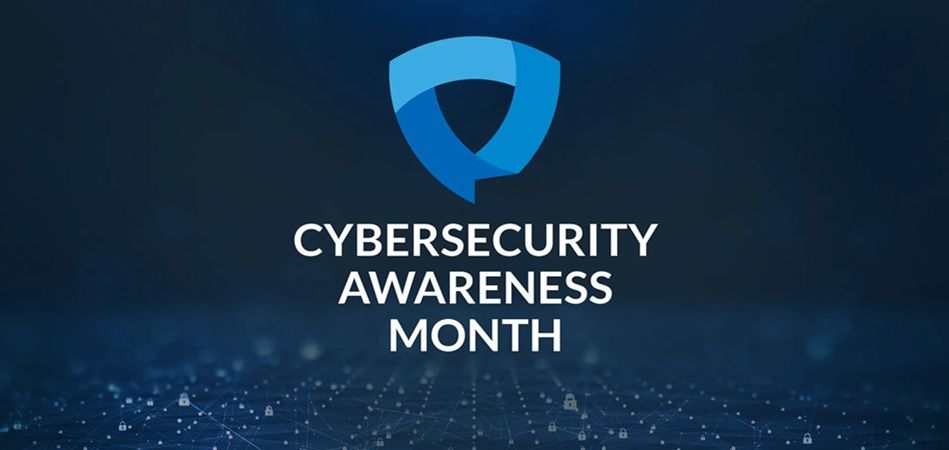Preparing today’s networks for tomorrow’s edge-driven, data-intensive future

October marks Cyber Security Awareness Month, a timely reminder that cyber security begins with an organisation’s people, not just through processes or IT teams. At Cornerstone, the UK’s leading mobile and digital infrastructure provider, every dataset, decision and connection relies on the trust we uphold. We are committed to a culture of vigilance because cyber-security is about staying ahead of threats, not reacting to them.
Earlier this week, a major outage at AWS disrupted services worldwide, including applications, banking, communications and entertainment platforms which all went offline or were degraded for hours.
This incident is a powerful reminder that digital infrastructure isn’t infallible. Dependence on a single cloud region, a single provider or a weak resilience posture can translate into major business risk. It underscores why our approach at Cornerstone is rooted in building security, visibility and fault-tolerance into every layer.
Resilience starts with people. Technology alone cannot defend against today’s evolving threats, so awareness and behaviour matter just as much as tools. Whether you’re a front-line technician, an office professional or a supplier, you can make a difference.
Here are practical steps you can use to stay secure:
- Be sceptical of surprises. If you receive an email, text or call out of the blue asking for personal or financial information, pause. Approach unexpected messages with a level of caution: scam-calls or phishing emails often pretend to come from trusted brands, banks or public bodies.
- Check the sender and links carefully. Look out for subtle spoofing: extra characters, unfamiliar domains (.xyz instead of .com), generic greetings or impersonated brands. These are common red flags.
- Don’t share your credentials. No legitimate organisation will email or call you asking for your password, PIN or 2FA code. If you’re being pressured to act immediately, especially via unfamiliar contact channels, it’s likely a scam.
- Use strong security tools and enable multi-factor authentication (MFA/2FA). Even the best password can be compromised. Extra layers of protection are now table-stakes.
- Stay cautious when using public Wi-Fi or personal devices for work tasks. Treat every connection as potentially exposed: lock away the mindset that “this device is safe because I’m home” or “this network is secure because someone else set it up.”
- Report suspicious activity promptly. Whether it’s an odd message, an unexpected link or a call asking for access, reporting is critical. The more we know, the faster we can shut down the threat. Even non-urgent concerns help build stronger collective defence.
Security must be embedded and maintained. We design our systems with security built in from the start. From how we architect new services, to how we manage suppliers, to how we monitor our networks: resilience is part of the blueprint.
We follow a “secure by design” philosophy, meaning rather than bolting on defences, we integrate them at the architecture stage. That approach simplifies things, reduces hidden risks and ensures security scales as our operations grow.
“Information security is no longer just a technology task, it’s the foundation of trust for everything we deliver. Safeguarding that trust means everyone, everywhere, taking responsibility.”
Pat Coxen, CEO

“As systems become more distributed, every endpoint becomes critical. Protecting the edge is now just as important as protecting the core.”
Benjamin Rybinski, Information Security Manager

Our technical strategy covers prevention, detection and rapid response. We apply multiple layers of controls: endpoint protection, identity access management, web and email filtering, cloud monitoring, and we stay on watch. But the outage this week shows that protection alone isn’t enough: visibility, resilience and continuity matter equally.
As data becomes more decentralised and network edges become more active, being able to spot abnormal behaviour, degrade safely, isolate failure and recover fast will define who stays standing.
The future of connectivity is distributed. As data processing moves closer to where it’s created, in cities, hospitals, factories and communities, security must extend beyond traditional perimeters. Protecting the edge of the network will become as vital as securing the core.
We’re starting to see digital architectures evolve to meet the realities of a distributed world; architectures that combine high-capacity, low-latency infrastructure with embedded compute capability at the edge of the network. This shift is about designing systems with fewer single points of failure, ensuring data sovereignty and building resilience across multiple interconnected sites and networks. It represents a fundamental move away from centralised dependency toward a more secure, adaptive digital fabric for the UK.
Cyber security demands continuous improvement, transparent governance and a collective commitment to doing the right thing. At Cornerstone, we’re proud to lead by example: building resilience from the inside out and securing the foundation on which the UK’s digital future will stand.
by Alex Blanco, Head of IT and Digital
